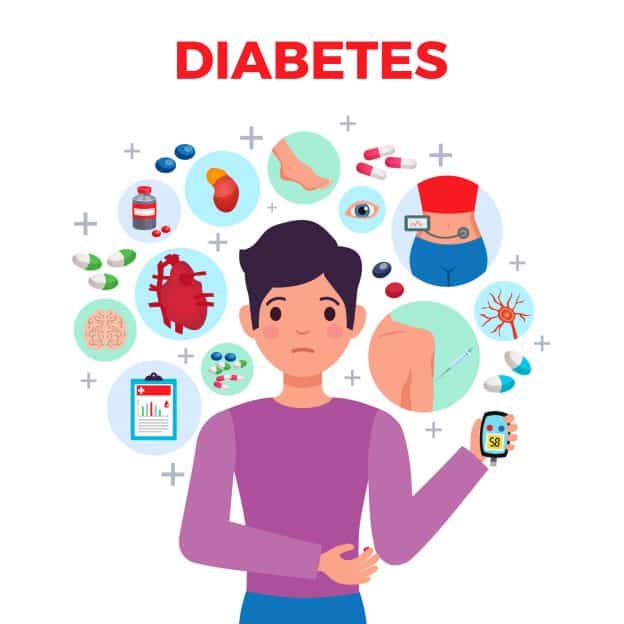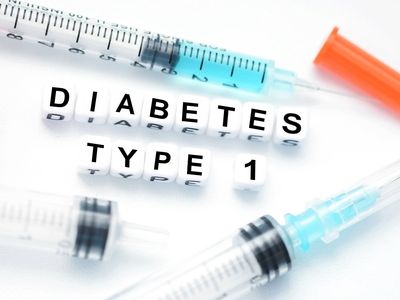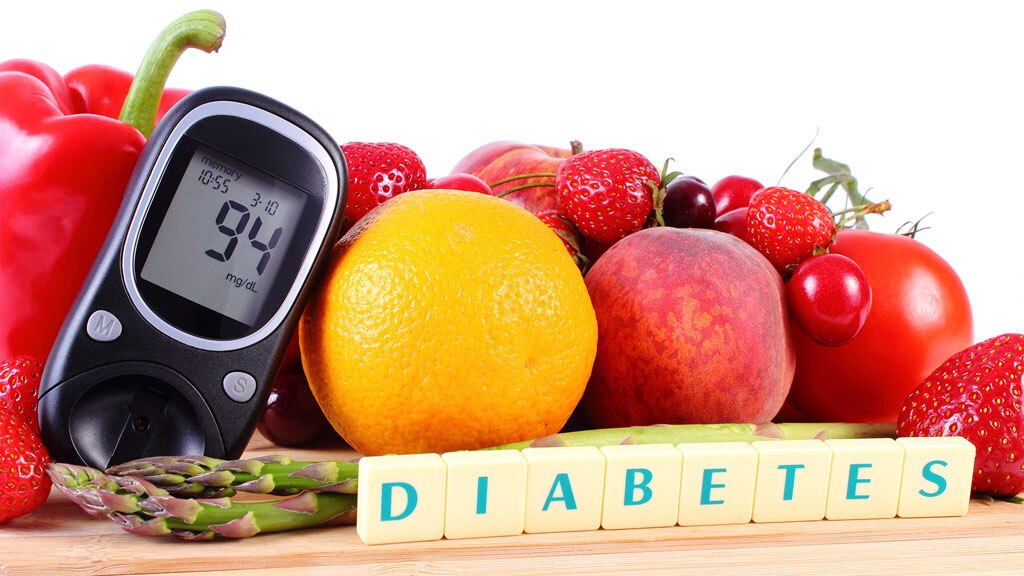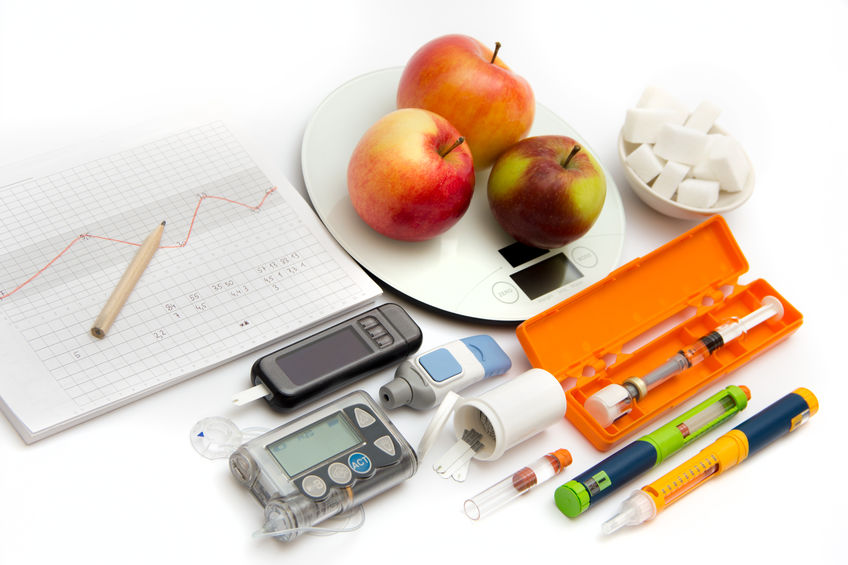Diabetes And Its Effects: Long Term Effects On The Body
Diabetes And Its Effects
Whenever we eat carbohydrate-rich food, it breaks down in our stomach and gets converted into glucose. The glucose that comes into our body through food plays an important part in providing the required energy to the body. Carbohydrate-rich foods include sugary beverages, starchy foods, milk, milk products, and fruits. The glucose that comes from these foods reaches the bloodstream and the body detects an increase in glucose level in the blood.
In response, our body’s gland called the pancreas which is located below the stomach starts releasing a hormone called insulin. Insulin provides us with energy from the food we eat. Our bloodstreams help the glucose and insulin to reach the cells.

Muscle Cells
Insulin is responsible for transferring glucose into our cells so that our body can get the required energy. Insulin acts as a key that opens the doors of the cells to let in glucose. This procedure helps the glucose level to decrease the blood.
The liver has extra glucose stored in it. It can increase the glucose level in the blood whenever released. When the liver releases this extra glucose, our pancreas creates more insulin so that the glucose can pass through the bloodstream and reach the cells. Insulin then opens the doors of the cells and enables the glucose to get inside.
Our body functions properly when the blood glucose level is normal. However, if the level rises, our body will not be able to work properly. Normally, our body has a cycle that properly balances the glucose and insulin level. It is possible because of the pancreas, liver, and the food we eat. However, this system does not work properly in some people and hence, they become diabetic. Diabetes mainly comprises two main types i.e type 1 and type 2.
Type 1 Diabetes
During type 1 diabetes, our body stops producing any insulin. It mainly happens due to the autoimmune response, where our immune system attacks and destroys the insulin-producing cells of the pancreas. The reason why it happens in some people while not in others is still unknown.
- Around 10% of the world’s population is affected by type 1 diabetes.
- People below the age of 40 are more likely to be affected by this disease.
- This condition is very normal among children.
When we eat carbohydrate-rich food it breaks down in the stomach and gets converted into glucose. Normally, this glucose passes through the bloodstream and reaches the cells where the insulin helps glucose to get inside. However, in type 1 diabetes, our body is not able to produce any insulin at all, due to which the glucose is not able to enter into the cells. It leads to a high level of glucose in the blood. Our body tries to release this excess glucose with the help of the kidney.

Type 1 Diabetes Symptoms
As your body tries to release excess glucose through the kidney, people having type 1 diabetes can experience frequent urination. During type 1 diabetes, our kidneys filter out the excess glucose from the blood. Frequent urination also leads to a lack of water in the blood. It results in another symptom of type 1 diabetes i.e extreme thirst. Having excessive glucose in your urine can give rise the infection in your genital areas such as thrust and itching.
Due to high levels of glucose in the blood, bacterias can settle on our wounds, making the healing process slow. The glucose of your body can also reach the eye lens making the liquid in your lens appear cloudy and makes your vision blur. As glucose is not able to reach the cells and the body does not get the required energy, people with type 1 diabetes start feeling extreme fatigue and are unable to perform even their daily tasks. However, our body still needs some source of energy due to chich, it starts breaking the fat tools. It leads to sudden weight loss. So here, we can understand that the symptoms of type 1 diabetes include:
- Frequent urination
- Extreme thirst
- Thrust or genital itching
- Slow healing process
- Blurry vision
- Extreme fatigue
- A sudden weight loss
Type 1 Treatment
Generally, these symptoms can be experienced quite earlier. Moreover, this condition can also be reversed if insulin treatment is acquired at the right time.

Type 2 Diabetes
- Around 90% of the world’s population is affected by type 2 diabetes.
- This problem is common among the white population who are above the age of 40 years.
- Whereas, in the South Asian population, this problem is common among people who are above the age of 25 years.
Type 2 diabetes is a complex condition as it has more work processes. During this condition, either the body does not produce enough insulin or if it produces, the insulin does not work properly. This condition can also be linked with being overweight, as due to the fat buildup insulin does not work efficiently. However, in some conditions healthy people can also be affected by this condition.

Normally, the carbohydrate-rich food breaks down after reaching our stomach and gets converted into glucose. In response, the pancreas produces insulin, which takes the glucose through the bloodstream and into the cells to provide energy to the body. However, during type 2 diabetes, glucose is not able to enter the cells due to the buildup of fat deposits.
This means that insulin is not able to open the doors of the cells and the level of glucose increases in the blood. In response, the pancreas creates more insulin due to which, the level of both insulin and glucose keeps on rising in the blood. More complications arise when the cells are not able to get the required energy and send signals to the liver. Now, the liver releases extra glucose and the pancreas produces excessive insulin. This eventually results in increasing the level of both insulin and glucose in the blood. At a point in time, our body is not able to manage it, and eventually the level of insulin drops.
Type 2 Diabetes Symptoms
Similar to type 1 diabetes, this condition shows symptoms including:
- Frequent urination
- Excessive thirst
- Thrust or genital itching
- Blurry vision
- Fatigue
- Sudden weight loss
The symptoms of type 2 diabetes are experienced quite late. In several cases, people do not feel any symptoms at all. People can live up to 10 years with diabetes without knowing that they have it until they are diagnosed.
Type 2 Diabetes Treatment

Type 2 diabetes can be treated in many ways. During the initial stages, you can practice healthy eating and bring some positive changes to your exercise routine. In addition to this, losing weight is also considered the right way to treat this problem. However, type 2 diabetes is a progressive disease, which needs to be treated through medication.
Comments
Post a Comment